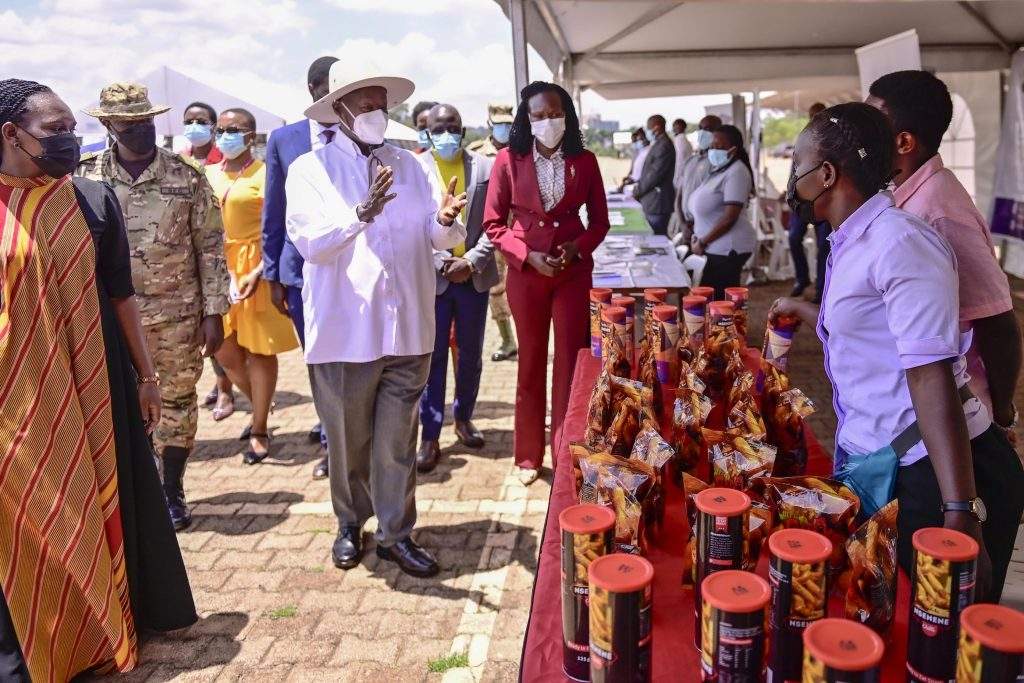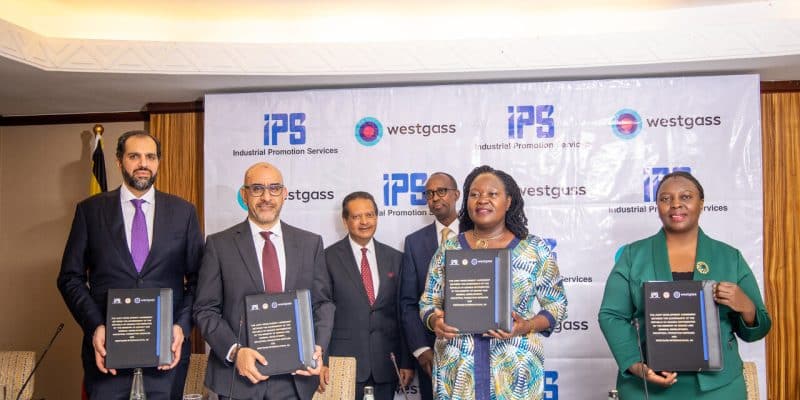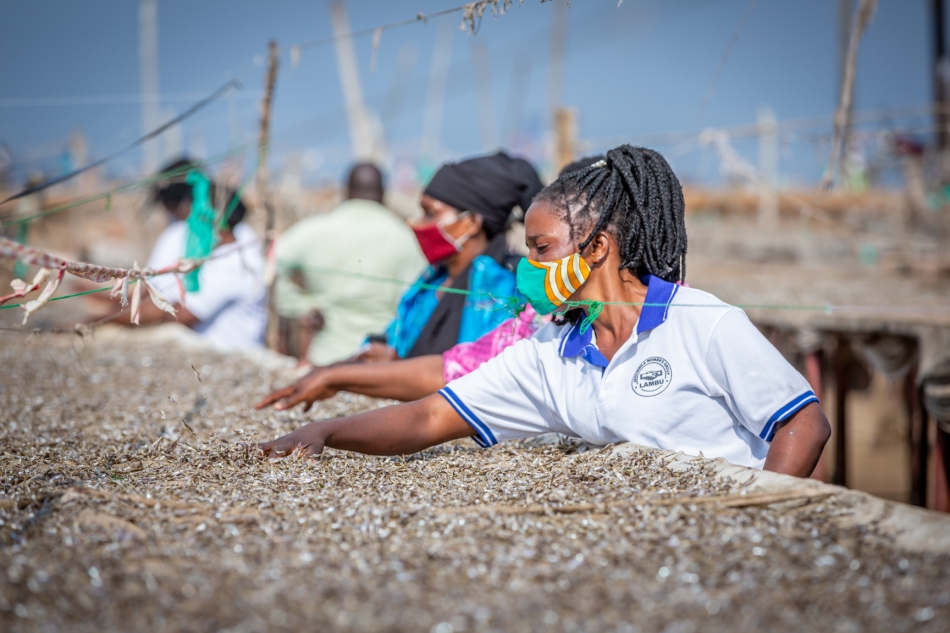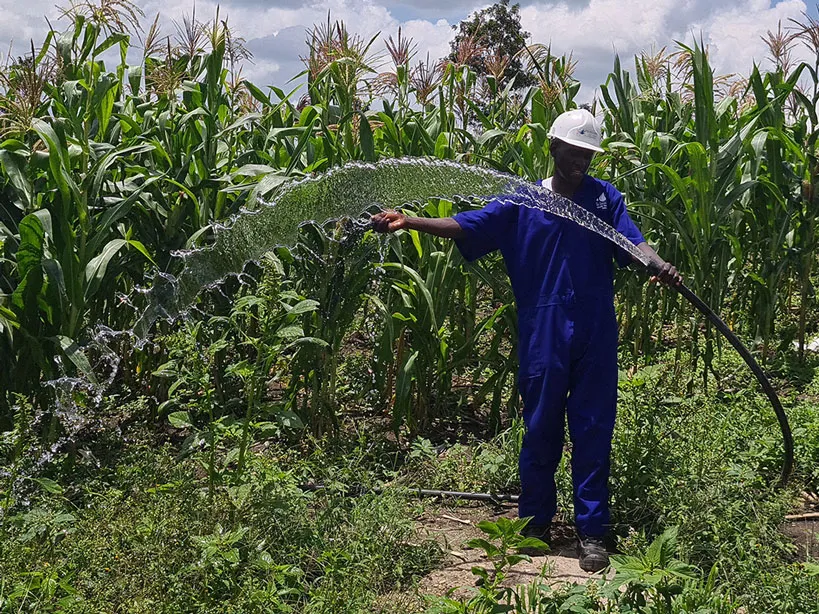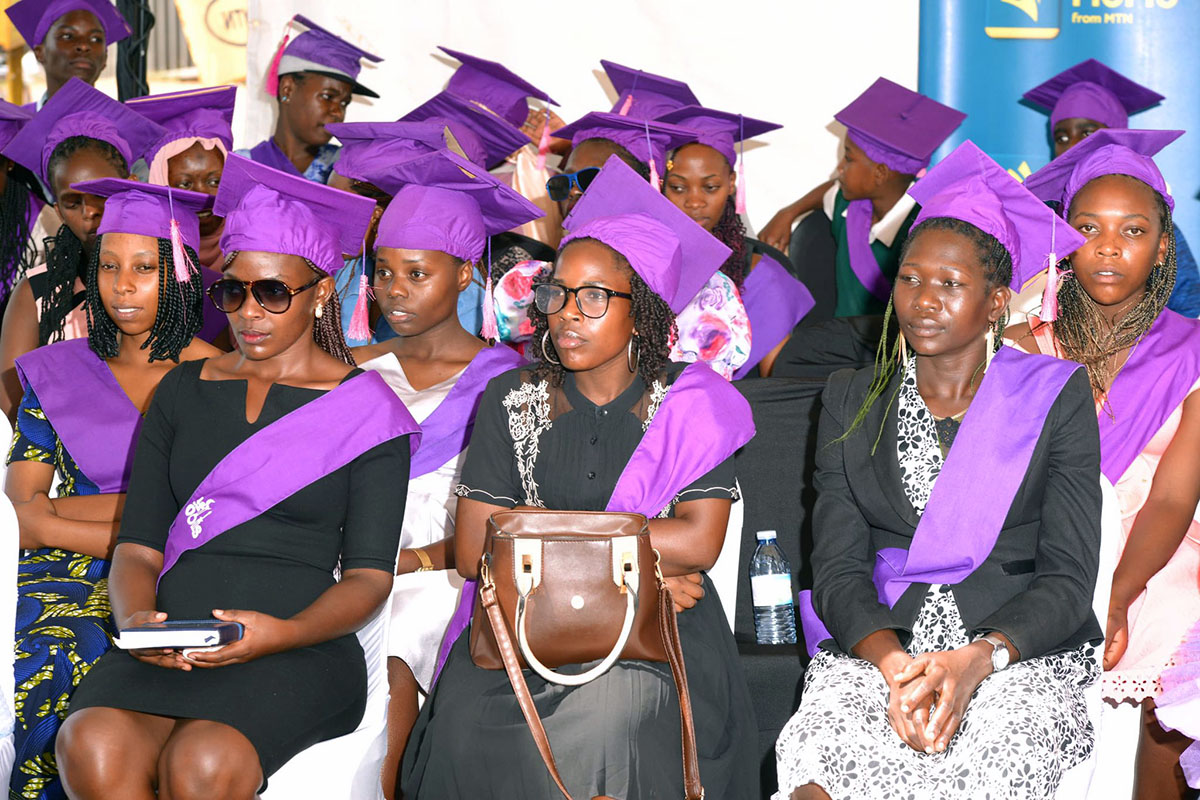Uganda, South Sudan moot joint dam projects

Farmers attend to crops on a farm that is watered by an irrigation scheme in South Sudan. A similar project is being planned on River Limur in Lamwo District at the border with South Sudan. NET PHOTO
Pal Mai Deng, the South Sudanese minister of Water Resources and Irrigation, has submitted a memo to the Council of Ministers, aimed at implementing the Nyimur multi-purpose water and resource development project, a joint trans-boundary initiative aimed at providing water for irrigation and a power dam to serve both countries.
Press reports in South Sudan on Friday indicated that the project is to be set up on the Nyimur/Limur River, which is shared between Lamwo District and South Sudan.
It includes irrigation schemes and provisions for water supply for both human consumption and livestock as well as a 350 kW hydroelectric dam to supply power to hundreds of households in the project area.
- The total cost of the project is estimated at $96 million, according to the Sudans Post, a South Sudanese publication.
The publication quoted Deputy Information Minister Dr. Jacob Maiju Korok as saying that the Council of Ministers advised the Irrigation Ministry to adhere to specific guidelines for the project, including consultations with key stakeholders and local communities.
Uganda’s Ministry of Water and Environment could not be reached for a comment.
- The River Limur is one of the tributaries in the Achwa River basin, which covers 15 districts in northeastern Uganda - flowing into South Sudan to join the White Nile, enroute to the Mediterranean Sea.
Just over ten years ago, the two countries collaborated on a joint feasibility study for the multi-purpose water resources development project aimed at improving water, food and energy security and contributing towards improved livelihoods without compromising the environment in the shared river basin.
The core scheme of the project consists of a dam and a reservoir on Limur River, five irrigated areas of approximately 5,000 hectares, plus a mini hydropower plant with a capacity of 350 kW.
The ultimate goal of the project is to sustainably improve socio-economic development in both countries through water resources development, with the overall objective of reducing poverty in the war-ravaged region.
When implemented, the project is expected to greatly improve on the availability of water resources, food security, water quality as well as regional security.
- The project was supposed to start earlier but it has reportedly been delayed by discussions over compensation for project-affected communities in both countries.




.JPG)
